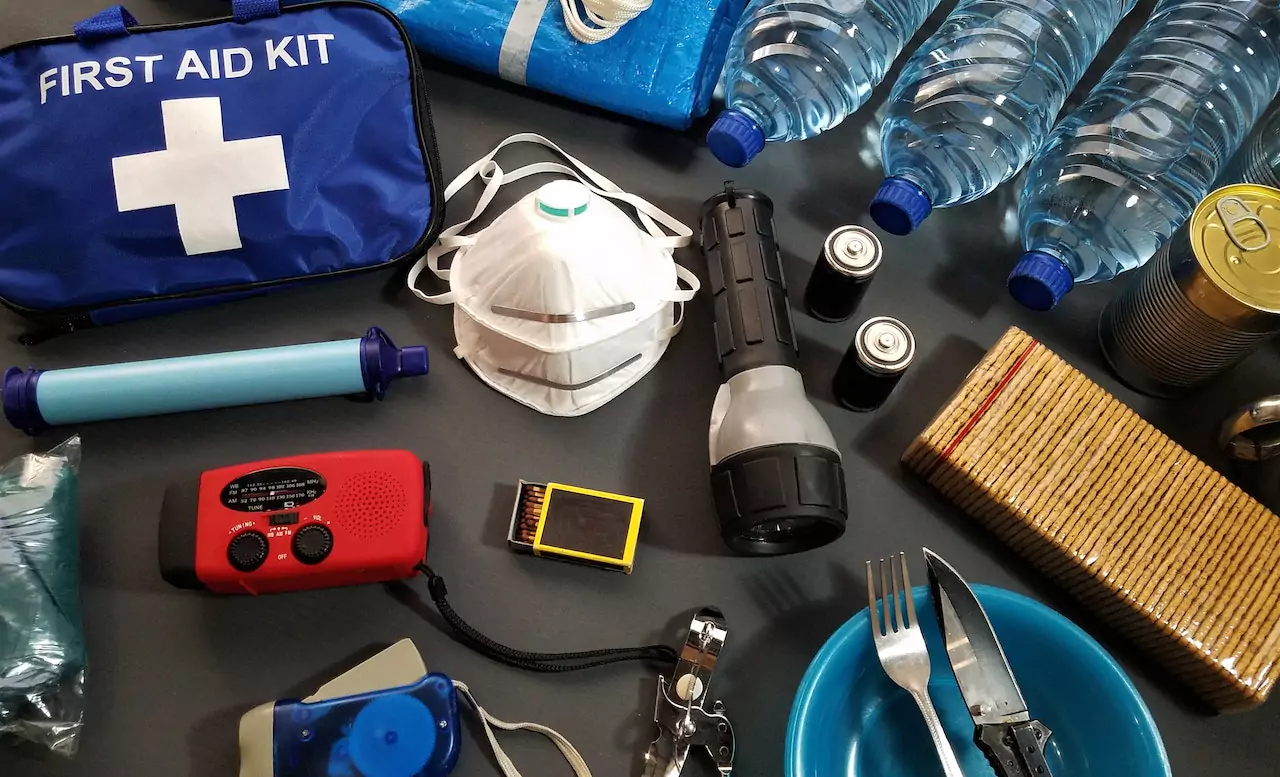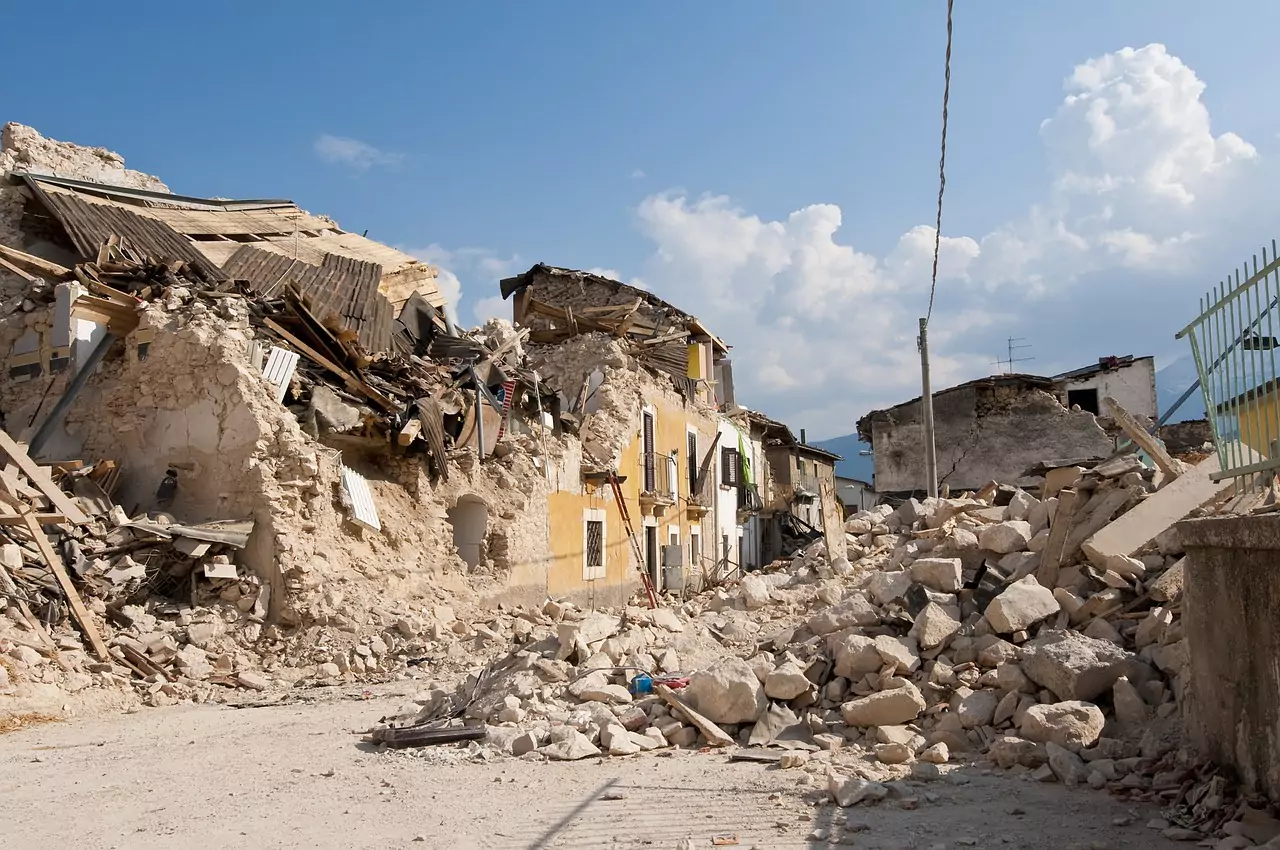According to official reports, at least four out of five Australians have experienced some kind of natural disaster. Natural disasters and emergencies can strike without warning, leaving individuals and communities vulnerable and in need of immediate assistance. Therefore, it is important to have a well-equipped emergency survival kit for weathering the storm and ensuring the safety and well-being of yourself and your loved ones during a crisis. You must read on below to understand the key items to include in an emergency survival kit, providing you with the tools and resources needed to be prepared for any unforeseen event.
1. Water and Food Supplies: Hydration and Sustenance
The first and foremost thing you must keep in your survival kit is water as it is important to stay hydrated throughout the process. You must aim to pack at least one gallon of water per person per day to cover drinking and basic hygiene needs. Non-perishable food items such as canned goods, energy bars, dried fruits, and nuts are essential for sustaining energy during emergencies. Keep a manual can opener to access canned foods.
2. First Aid Kit: Basic Medical Care
Next, you need to be prepared to treat any minor injuries or cuts during a disaster. Thus, it is important to pack a well-stocked first aid kit to provide basic medical care during emergencies. You must include items such as bandages, adhesive tape, antiseptic wipes, gauze pads, pain relievers, scissors, tweezers, and any necessary prescription medications. Additionally, you should add a first aid manual to guide you through treatment procedures.
3. Flashlights and Batteries: Illuminating the Darkness
If there is a power outage during a natural disaster, you will be sitting in the dark. Thus, it is impotent to include flashlights in your emergency survival kit. You must include a sturdy LED flashlight or headlamp and pack extra batteries to ensure long-lasting illumination. Battery-powered lanterns or glow sticks can also be useful for lighting up larger areas.
4. Multi-tool and Basic Tools: Versatile Utility
It is also a good idea to include a multi-tool or Swiss Army knife to serve multiple functions, such as cutting, opening cans, and more. Also, include basic tools like pliers, a wrench, and a screwdriver for small repair tasks that may arise during emergencies.
5. Whistle and Signalling Devices: Calling for Help
A loud whistle can be used to signal for help if you are trapped or need assistance. Additionally, consider including a mirror or brightly coloured cloth for signalling your location to rescuers or passing aircraft.
6. Warmth and Shelter: Protection from the Elements
In case of displacement or evacuation, it is essential to have items that provide warmth and shelter. You must pack lightweight emergency blankets, ponchos, and a compact tent or tarp to shield yourself from rain, wind, or extreme temperatures.
7. Personal Hygiene Items: Sanitation and Comfort
It is also important to maintain personal hygiene to prevent the spread of diseases during emergencies. Pack items such as hand sanitiser, wet wipes, tissue paper, soap, and feminine hygiene products. Also, include a small supply of disposable bags for waste disposal.
8. Communication Devices: Staying Connected
You should also include a battery-powered or hand-crank radio to stay informed about emergency updates and instructions. Keep spare batteries or consider a solar-powered radio for extended use.
Tip
Read more about what communication devices you should keep in your emergency survival kit on the Pantry List site.
9. Cash and Important Documents: Financial and Identity Security
Lastly, you must keep a stash of cash in small denominations, as ATMs and credit card machines may not be operational during emergencies. It is a good idea to store important documents such as identification, insurance policies, medical records, and contact information in a waterproof container.
Conclusion
Thus, an emergency survival kit is an invaluable resource in times of crisis, providing you with the essential tools needed to weather the storm and ensure your and your family’s safety. You must also regularly check and update your kit, considering the specific needs of your family members, pets, and local climate. By being well-prepared with an emergency survival kit, you empower yourself to face unexpected challenges and navigate through natural disasters with greater resilience and peace of mind. Remember, preparedness is the key to effectively weathering the storm.



